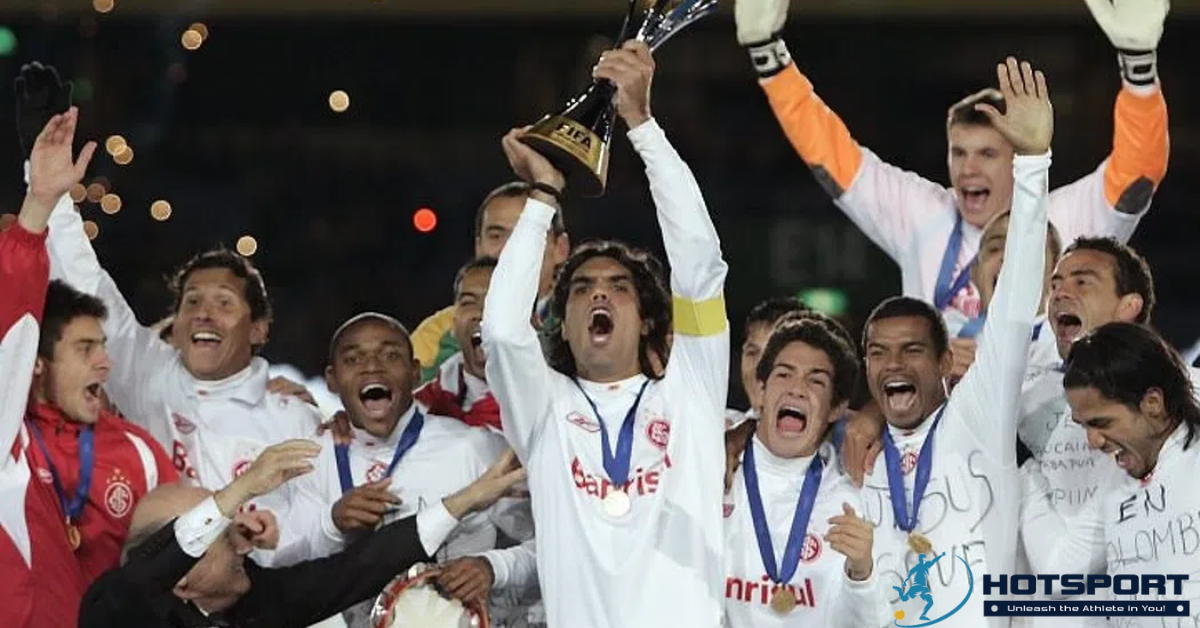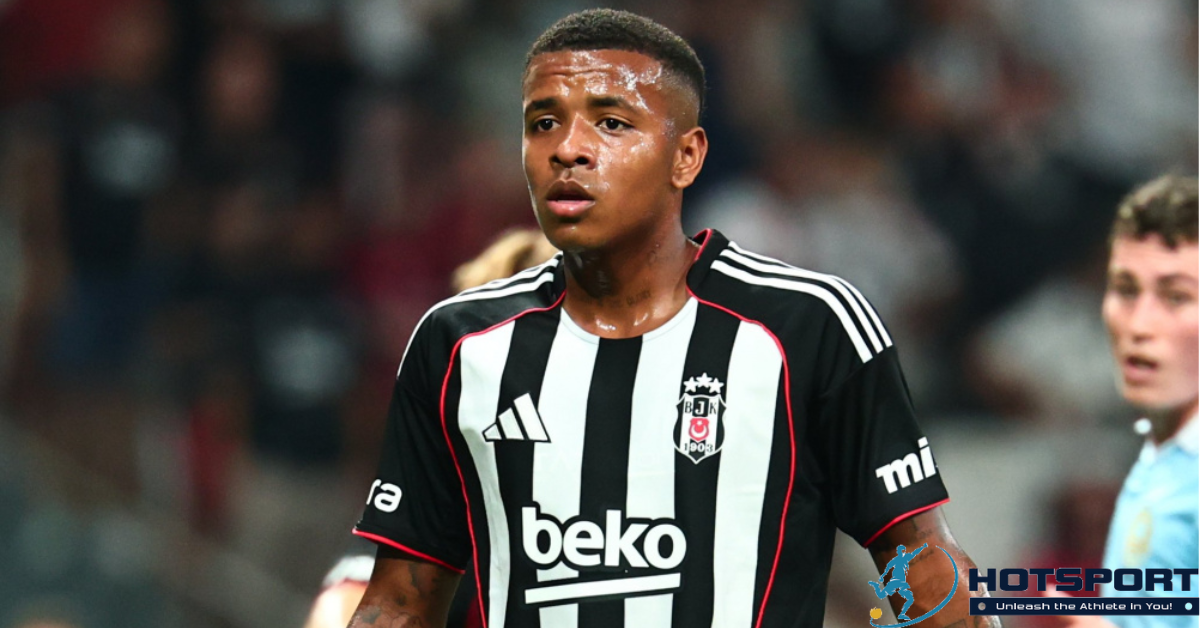FIFA Club World Cup: History, Impact, and Unforgettable Moments
The FIFA Club World Cup is one of the most prestigious tournaments in global football, bringing together the best clubs from each continent to compete for the title of world champion. Organized by FIFA, the tournament celebrates the diversity and competitiveness of football, pitting teams from different cultures and playing styles against each other. In this article, we explore the competition’s history, its evolution, iconic moments, and its cultural and sporting impact, with a special focus on the participation of Brazilian clubs.
Origins of the FIFA Club World Cup
The First Edition in Brazil
The FIFA Club World Cup held its inaugural edition in 2000 in Brazil, marking a historic moment for football. The tournament was envisioned as an evolution of the former Intercontinental Cup, which featured the champions of Europe and South America. FIFA expanded the format to include clubs from all continents, aiming to create a truly global competition.
Brazil, as the host nation, staged the event in the iconic Maracanã (Rio de Janeiro) and Morumbi (São Paulo) stadiums. Corinthians, the Brazilian champions of 1998 and 1999, emerged victorious, defeating Vasco da Gama 4-3 on penalties after a goalless draw in the final. This triumph crowned Corinthians as the first world champions under the new format, a landmark achievement for Brazilian football.
The Intercontinental Cup: The Precursor
Before the Club World Cup, the Intercontinental Cup (or World Club Championship) was an annual showdown between the winners of the Copa Libertadores and the UEFA Champions League. Brazilian clubs such as Santos (1962 and 1963), Flamengo (1981), and São Paulo (1992 and 1993) shone in this format, facing European giants like Benfica, Liverpool, and AC Milan.
The transition to the FIFA Club World Cup introduced a more inclusive approach but sparked debates about the legitimacy of the new format compared to its predecessor. Nevertheless, the tournament gained prestige over time, establishing itself as the premier club competition worldwide.
Evolution of the Tournament Format
Changes Over Time
Since its inception, the FIFA Club World Cup has undergone several transformations. After the 2000 edition, the tournament faced financial and organizational challenges, leading to a hiatus until its revival in 2005 in Japan. The new format included the continental champions from six confederations (CONMEBOL, UEFA, CONCACAF, AFC, CAF, and OFC), along with the host nation’s league champion.
The tournament became an annual event, typically held in December, with a knockout format featuring quarter-finals, semi-finals, and a grand final. In 2025, FIFA announced an expansion to 32 teams, aiming to make the competition even more competitive and appealing, drawing inspiration from the FIFA World Cup for national teams.
The Experience in Japan and Beyond
From 2005 to 2018, Japan was the primary host of the Club World Cup, with packed stadiums and impeccable organization. Other countries, including the United Arab Emirates, Morocco, and Qatar, have also hosted the tournament, each bringing unique cultural atmospheres. In 2025, the United States will host the first expanded edition, promising a grand event with greater global visibility.
Brazilian Clubs in the FIFA Club World Cup
The Brilliance of Brazilian Teams
Brazilian clubs have a storied history in the Club World Cup, with memorable victories and performances that have left a lasting mark. In addition to Corinthians’ triumph in 2000, other Brazilian clubs have lifted the trophy:
- São Paulo (2005): São Paulo defeated Liverpool 1-0 in the final, with a goal from Mineiro. The solid performance of goalkeeper Rogério Ceni and the tactical brilliance of coach Paulo Autuori were pivotal to the victory.
- Internacional (2006): Internacional stunned Ronaldinho’s Barcelona with a 1-0 win, thanks to a goal by Adriano Gabiru. The victory showcased the strength of South American football.
- Corinthians (2012): Corinthians shone again, defeating Chelsea 1-0 with a goal from Paolo Guerrero. The passionate Corinthians fans turned the Yokohama stadium into a cauldron of support.
Iconic Brazilian Moments
Some unforgettable moments include:
- Pelé and Santos (1962 and 1963): In the old Intercontinental Cup, Pelé’s Santos defeated Eusébio’s Benfica, with the “King of Football” delivering dazzling performances.
- Zico and Flamengo (1981): Flamengo dominated Liverpool with a 3-0 victory, led by the brilliance of Zico.
- Rogério Ceni in 2005: São Paulo’s goalkeeper not only saved a crucial penalty but was also named the tournament’s best player.
These achievements underscore the significance of Brazilian football on the global stage, proving that Brazilian clubs can compete toe-to-toe with European powerhouses.
Cultural and Economic Impact
A Global Event
The FIFA Club World Cup transcends sport, fostering cultural integration among nations. Fans from different continents come together to celebrate football, creating a unique atmosphere of passion and diversity. In Brazil, the tournament is followed with fervor, especially when local clubs are involved.
Economic Impact
The tournament generates significant economic benefits for host countries. The influx of tourists, exposure for sponsoring brands, and investments in infrastructure boost local economies. For clubs, winning the world title enhances visibility, attracts sponsors, and increases players’ market value.
In Brazil, a Club World Cup triumph can transform a club’s legacy. For instance, Corinthians saw its fanbase grow exponentially after its 2000 and 2012 titles, cementing its status as one of the biggest brands in global football.
Iconic Rivalries and Memorable Matches
Europe vs. South America
The Club World Cup is renowned for epic clashes between European and South American clubs. While European teams, such as Real Madrid, Barcelona, and Bayern Munich, have dominated since 2005, Brazilian clubs have consistently offered fierce resistance. Matches like São Paulo vs. Liverpool (2005) and Corinthians vs. Chelsea (2012) are etched in football history.
The Rise of Other Continents
Clubs from other confederations, such as Al-Hilal (Saudi Arabia), TP Mazembe (Congo), and Kashima Antlers (Japan), have also made their mark, challenging favorites and showcasing the global evolution of football. In 2010, TP Mazembe became the first African club to reach the final, a historic milestone.
Challenges and Criticisms
Financial Disparity
One of the main criticisms of the Club World Cup is the financial disparity between European clubs and those from other continents. Teams like Real Madrid and Manchester City boast billion-dollar budgets, while South American, African, and Asian clubs face financial constraints, often reflected in their performances, with Europeans dominating recent editions.
Format and Relevance
Some fans and analysts, particularly in Europe, question the tournament’s relevance, where the UEFA Champions League is seen as the pinnacle of club football. However, for Brazilians, the Club World Cup is a matter of pride, carrying emotional weight that rivals any competition.
The Future of the FIFA Club World Cup
The 2025 Edition
The 2025 edition in the United States will mark a new era for the tournament. With 32 teams, the format will mirror the FIFA World Cup for national teams, featuring a group stage followed by knockout rounds. Brazilian clubs like Flamengo, Palmeiras, and Fluminense have a chance to qualify, depending on their performances in the Copa Libertadores.
Innovations and Expectations
FIFA plans to invest in technology, such as enhanced VAR, and fan experiences, including cultural events and digital interactions. The tournament’s expansion aims to increase competitiveness, giving more opportunities to clubs from less dominant confederations.
Unforgettable Moments
Historic Goals and Plays
- Mineiro’s Goal (2005): São Paulo defeated Liverpool with a perfectly executed counterattack goal by Mineiro.
- Rogério Ceni’s Save (2005): The goalkeeper’s penalty save against Al-Ittihad secured São Paulo’s place in the final.
- Gabiru’s Goal (2006): Internacional shocked the world by defeating Barcelona with an unlikely goal from Adriano Gabiru.
- Paolo Guerrero (2012): The Peruvian striker’s goal against Chelsea silenced critics and secured Corinthians’ victory.
Passionate Fans
Brazilian fans are a story in themselves. In 2012, thousands of Corinthians supporters traveled to Japan, creating a Brazilian stadium atmosphere in Yokohama. Similarly, Flamengo’s “Rubro-Negra Nation” celebrated their 1981 title in Tokyo with unmatched passion.
The Brazilian Legacy
Brazilian clubs have left an indelible mark on the FIFA Club World Cup. Each title reinforces the passion of Brazilian fans and the country’s storied football tradition. For players, lifting the Club World Cup trophy is a dream that rivals winning a World Cup.
Conclusion
The FIFA Club World Cup is more than a tournament; it is a celebration of global football, uniting cultures and passions. For Brazil, the competition offers a chance to showcase the strength of its clubs and the fervor of its fans. As the 2025 edition approaches, the world will be watching for new chapters in this captivating story. Here’s to more victories, goals, and unforgettable moments!



